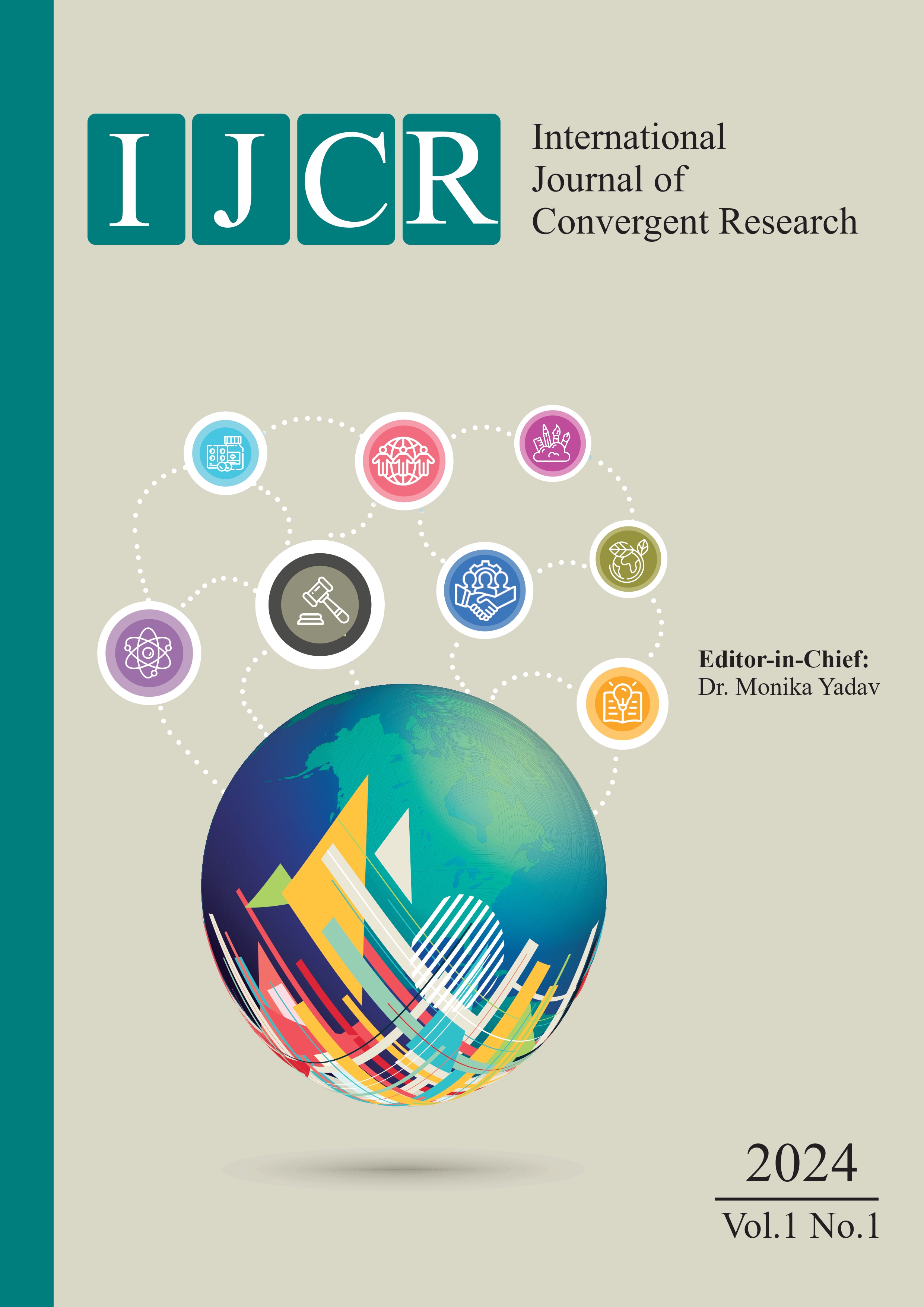Artificial Intelligence (AI) in Human Resource Management (HRM): A Bibliometric Research
Keywords:
Artificial Intelligence, HRM, bibliometric analysis, trends, research themeAbstract
Purpose: The purpose of this study is to conduct a bibliometric analysis to explore the scholarly literature on the integration of Artificial Intelligence (AI) in Human Resource Management (HRM), by focusing on identifying trends, key contributors, research themes, and emerging areas of interest.
Methodology/Approach: The research employs systematic bibliometric analysis, utilizing academic databases such as Scopus to collect relevant literature. Keywords including "AI," "Artificial Intelligence," "HRM," and "Human Resource Management" were used to retrieve documents. Bibliometric software such as bibliophily is utilized to visualize co-authorship networks, citation patterns, keyword co-occurrence, and publication trends.
Findings: The analysis shows how AI applications in HRM have developed over time, moving from theoretical explorations to empirical studies and the incorporation of cutting-edge AI technologies. Important researchers and research clusters are highlighted, along with field-wide collaborative networks and key contributors. Personalized learning, employee performance prediction, AI-based hiring, and ethical issues are among the often-studied topics. Emerging fields include cross-cultural research, ethical frameworks for AI deployment, and the integration of AI with emerging technologies.
Originality: By providing an organized bibliometric overview of the academic environment on AI in HRM and offering insights into trends, important contributors, and developing research areas, this study adds to the body of current literature. The methodical approach used in this study guides future research and practice while also improving our grasp of the revolutionary potential of AI in HRM practices.
Downloads
Published
How to Cite
Issue
Section
License
Copyright (c) 2024 Wamika Sehgal, Dr. Thenmozhi M

This work is licensed under a Creative Commons Attribution 4.0 International License.



